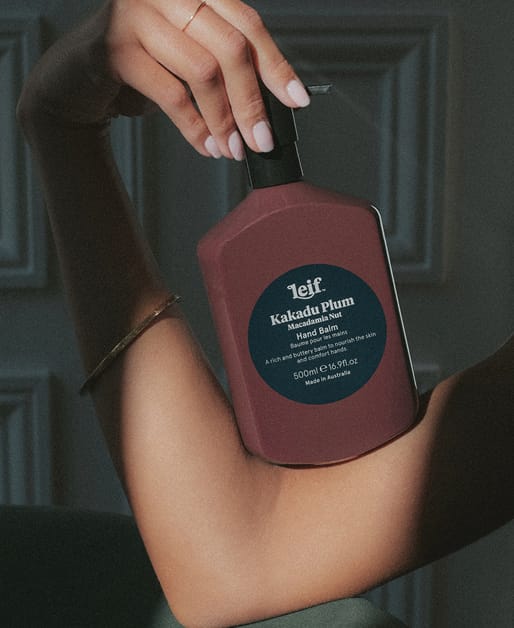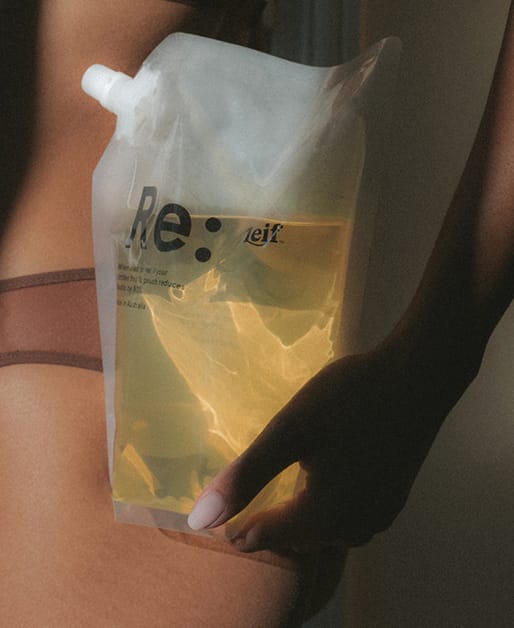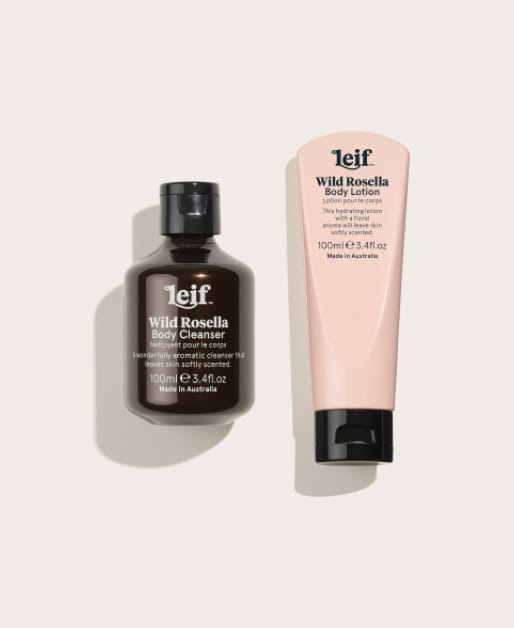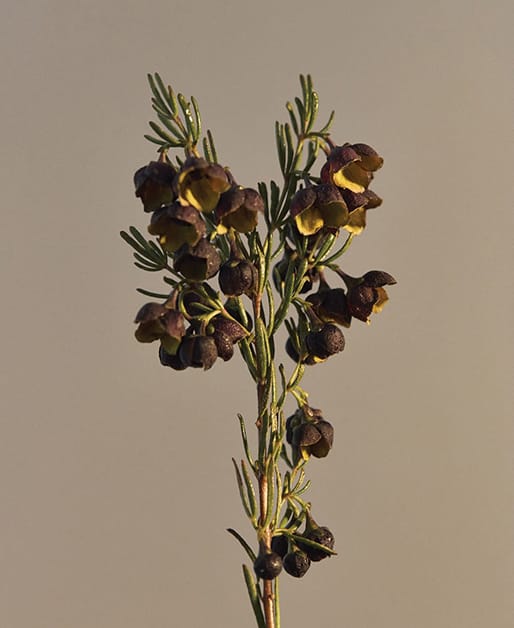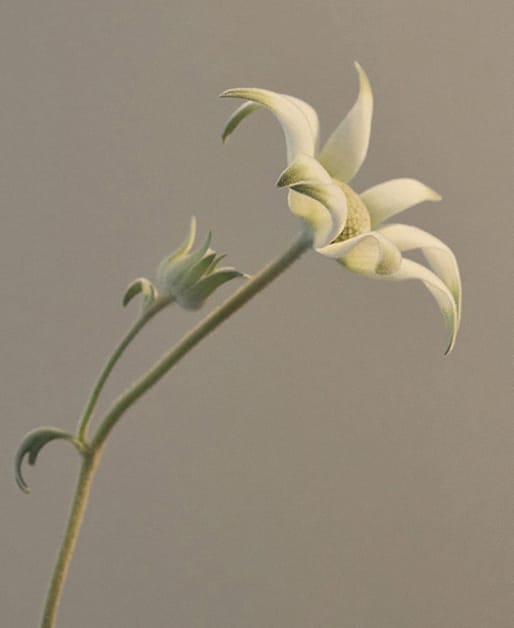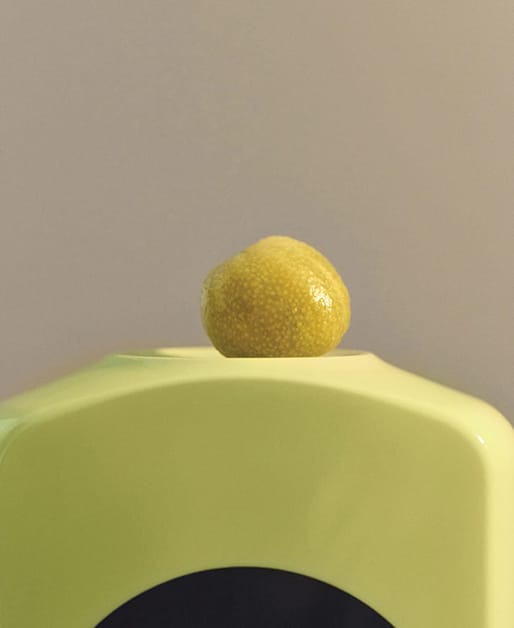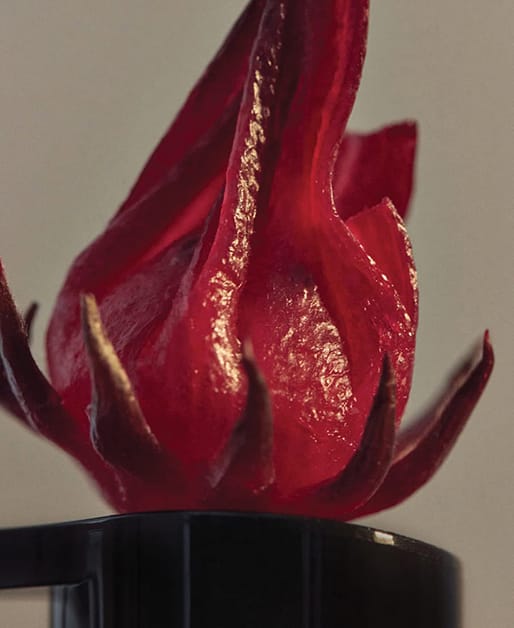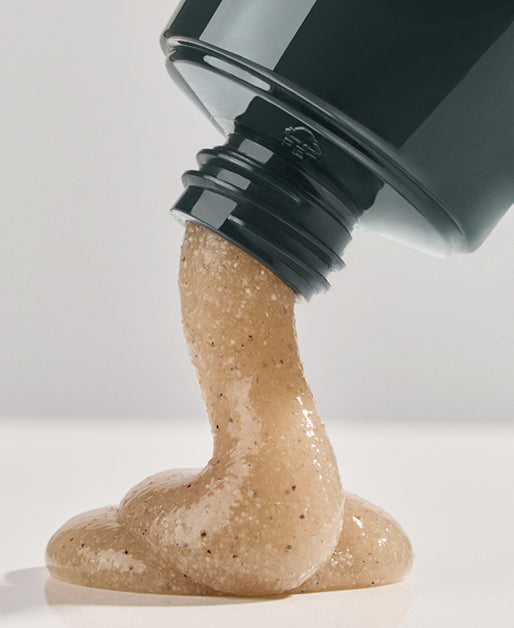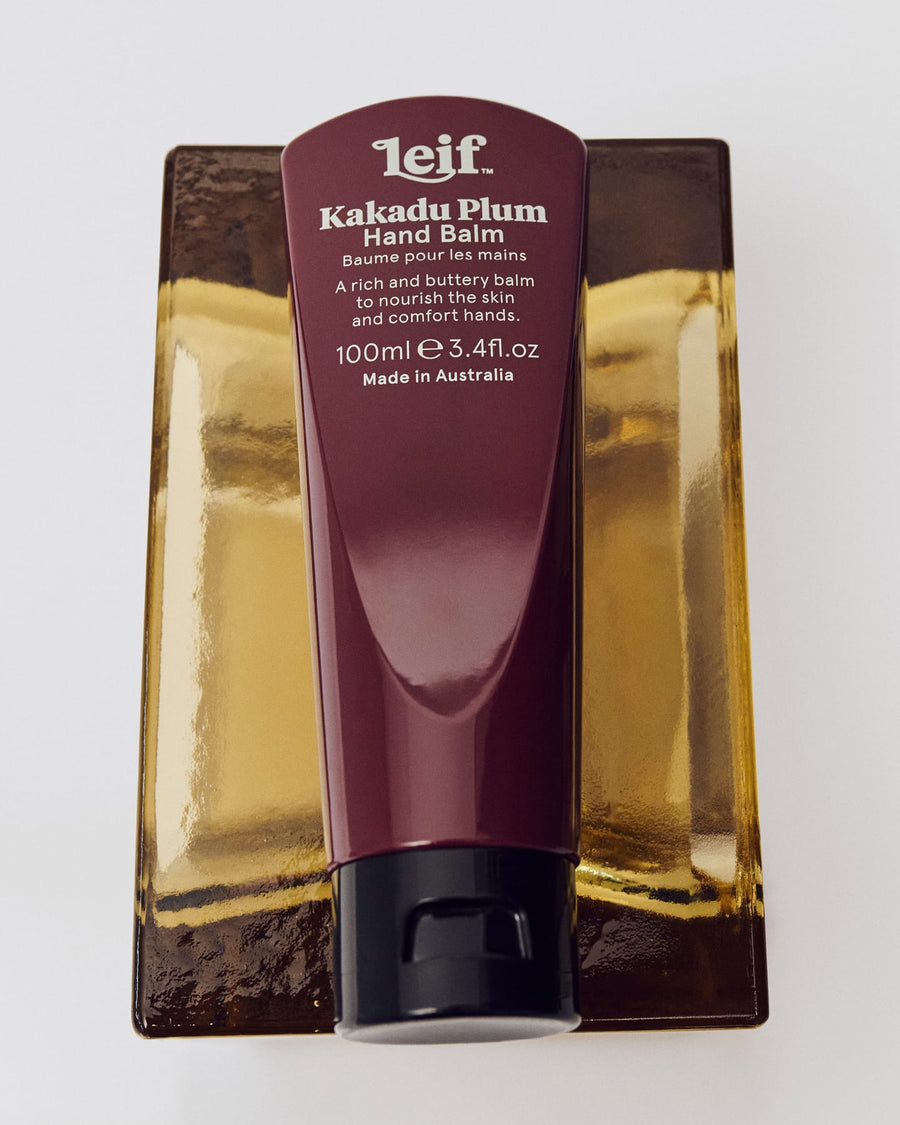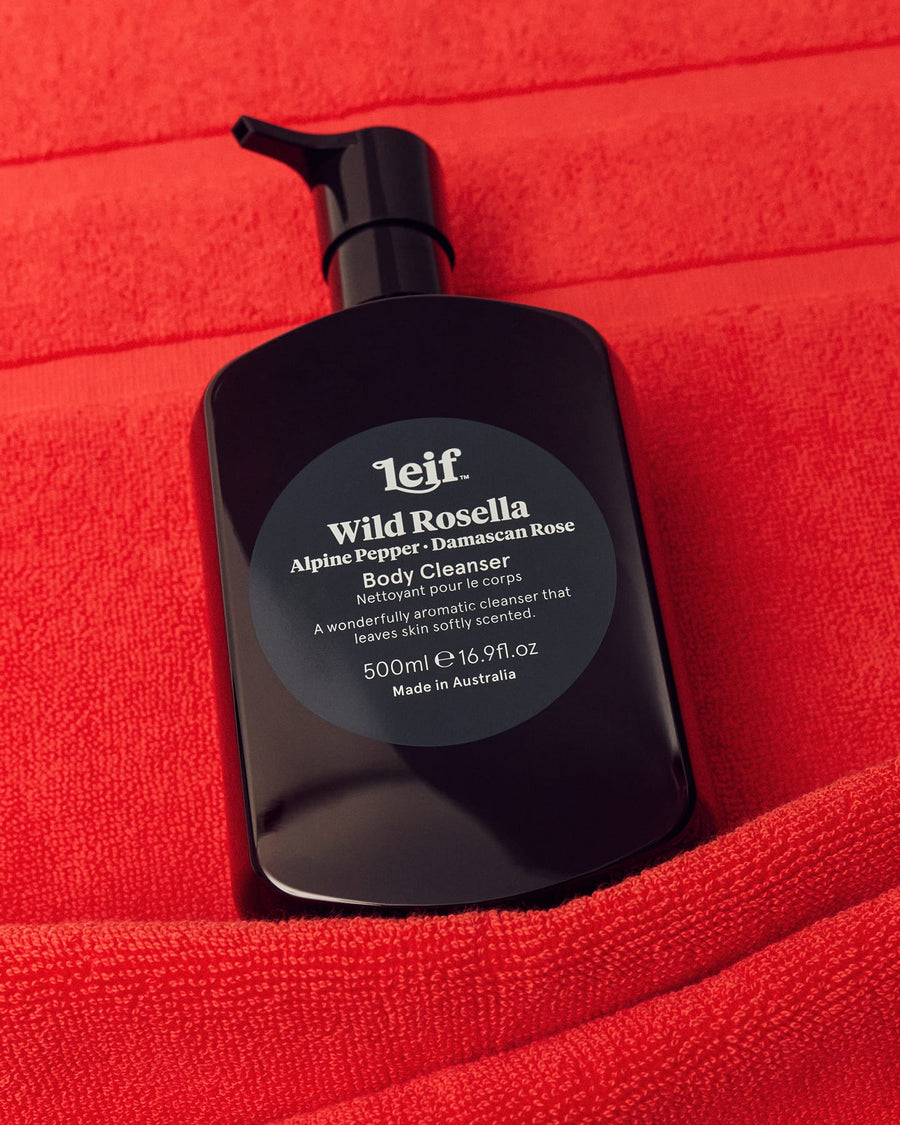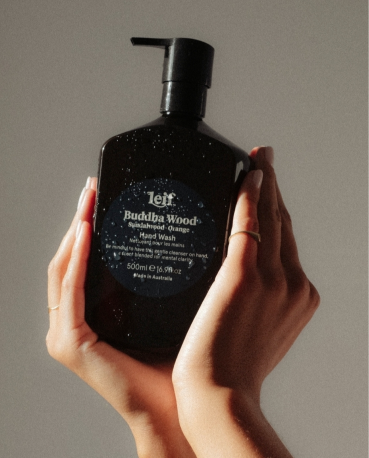What first began as an AI experiment, soon evolved into partnership after we met Ryan Donnelly, CEO of Reef Restoration Foundation.
Conversations about coral grew into the creation of nine gift sets that help support their cause. We spoke with Ryan to learn more about the science of coral and the steps the Reef Restoration Foundation is taking to ensure its survival.
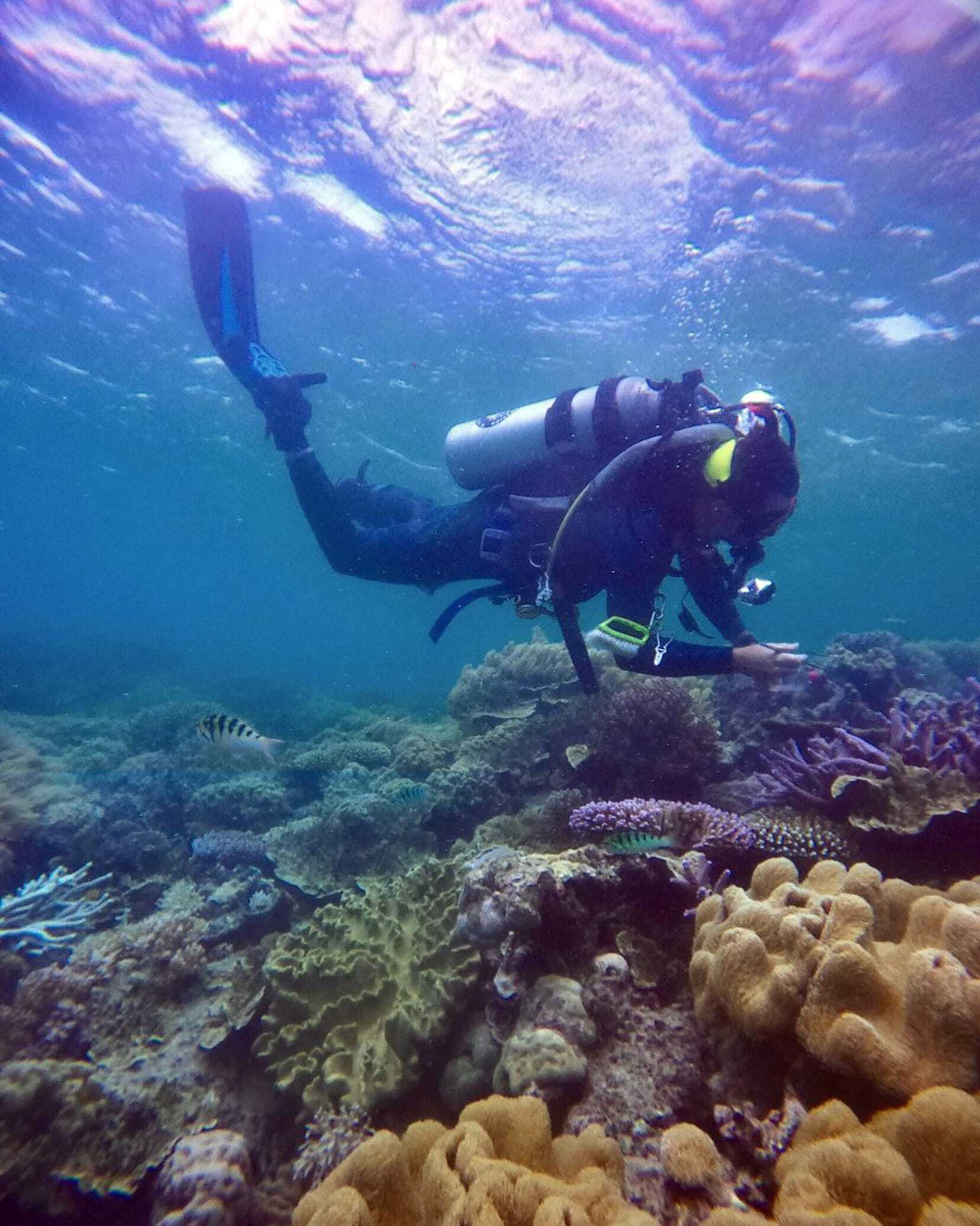
Coral bleaching is why we formed. Starting with limited capacity, we’ve continually reflected and adapted to ensure we are making a genuine contribution to addressing the challenge.
Our original mission reflected what we learned from an operation in the Florida Keys. We’ve since made extensive modifications to this method and our objectives to reduce inefficiencies and to increase production successes.
The fourth global coral bleaching event declared for 2023-24 and the enormous geographical extent of the bleaching on the Great Barrier Reef highlights the urgency of our work. Our mission now is to add billions of new corals to the reef annually — not as an aspiration, but as a target. Billions is written in plural because that is what is required for the replicable model.

Reef Restoration Foundation is currently working with about 100 species of coral, but there is scope to work with hundreds of species — of all varieties. Diversity is crucial because each species has evolved to occupy a niche and to perform the functions of that niche. Reduced species diversity equates to reduced functionality and diminished ability to resist and recover from disturbances.
We are continually determining the most effective species range and optimal depth, ensuring priority species cover all known functional groups. Accurate depth selection can influence gamete production at spawning and fertilisation success. As we develop a shore-based facility, we’re also studying wild photosynthetic light levels to replicate them in an aquaculture setting. There is much to get right to maximise output.


Larval settlement tiles are placed across reef regions just before the annual spawning event. By monitoring how larvae settle and grow on these tiles, researchers gain valuable insights into the next generation of corals.
Healthy coral is collected and monitored to ensure nurseries maintain biodiversity and genetic diversity in their colonies.
We initially kept coral fragments in ‘tree’ frame nurseries attached by lengths of fishing line for about six months before outplanting them to bare reef patches then restocking the nurseries with fragments selected from mature colonies on the reef. All aspects of this method were labour-intensive, with variable success, as humans decided where the corals would be attached on the reef. Baby corals make these decisions after spawning based on environmental cues that have evolved over millions of years. And in working with the limited permitted range of species, we risked merely creating clones and reducing the genetic diversity that supports future generations.

We learned that corals grow about five times faster in the nurseries suspended in the water column than they do on the reef due to the absence of parasites, predators, and competitors. To take advantage of that, we attach the coral pieces directly to the fibreglass ‘branches’ where they remain to grow rapidly to reproductive viability and spawn every year. We also secured amendments to our permits, allowing us to work with all species of hard and soft coral. Genetic diversity is critical, so we use a minimum of 10 genotypes per species, which represents about half of the genetic diversity of the surrounding reef.

The nurseries were redesigned to increase the number of branches from 20 to 40, focusing on supporting natural coral renewal by providing diverse larvae to nearby reefs. The design of the system allows us to lower nursery stock to cooler depths during periods of warm water, protecting corals from bleaching. This turbocharges recovery if the corals on the reef suffer bleaching or death. Future plans include integrating shore-based aquaculture to increase production and expand nurseries without additional labour. Heat-adapted corals from scientific institutions will also help disperse resilient offspring annually.
We map out 20 collection zones within a 500m radius of our nurseries. We then collect fragments from mature colonies of each species from 10 of the 20 zones, using geographic disparity as a proxy for genetic diversity. We track every genotype from its collection zone to the specific 'tree' and 'branch' in the nursery to avoid producing clones that could create genetic bottlenecks in reproduction.
The absence of government funding gives us independence to write our own script and to develop at a speed and scale that the challenge requires. It does, however, require ongoing support from our community, including businesses and corporations, to keep the wheels turning.
The extent of coral bleaching throughout the tropical world in the last 12 months has highlighted the enormity of the challenge. Our developmental trajectory is positive and gives us confidence to stay in the fight, integrating coral aquaculture and adopting new approaches to thermal adaptation but we require financial support to keep moving forward. Learn more about the Reef Restoration Foundation donate below.



